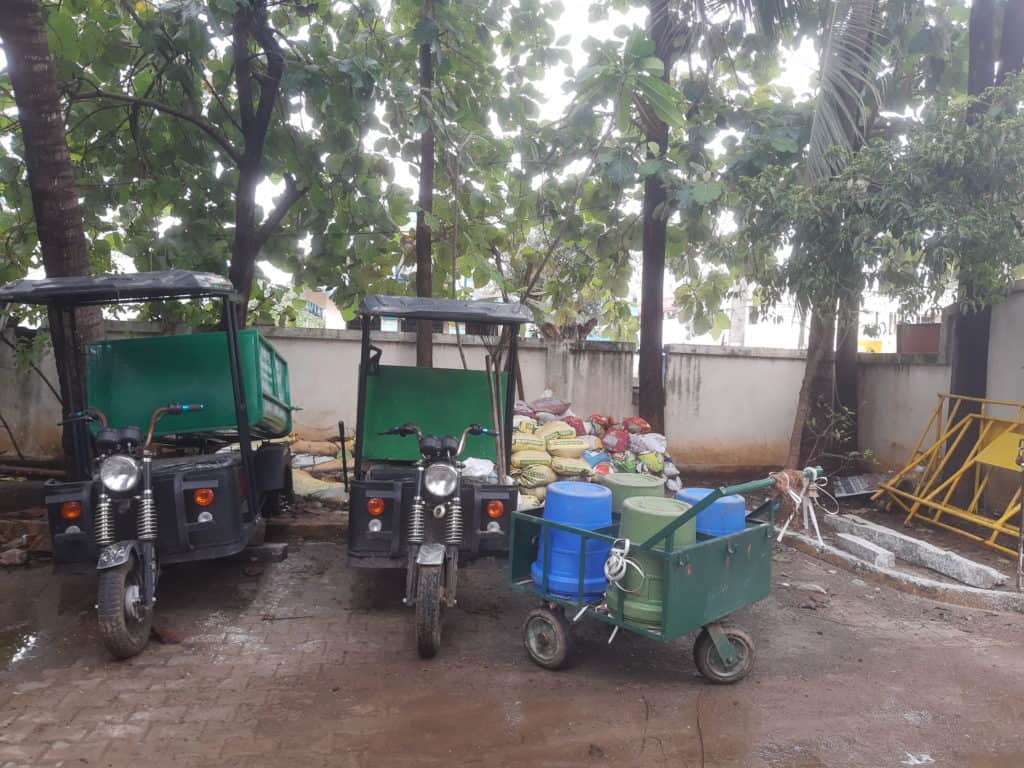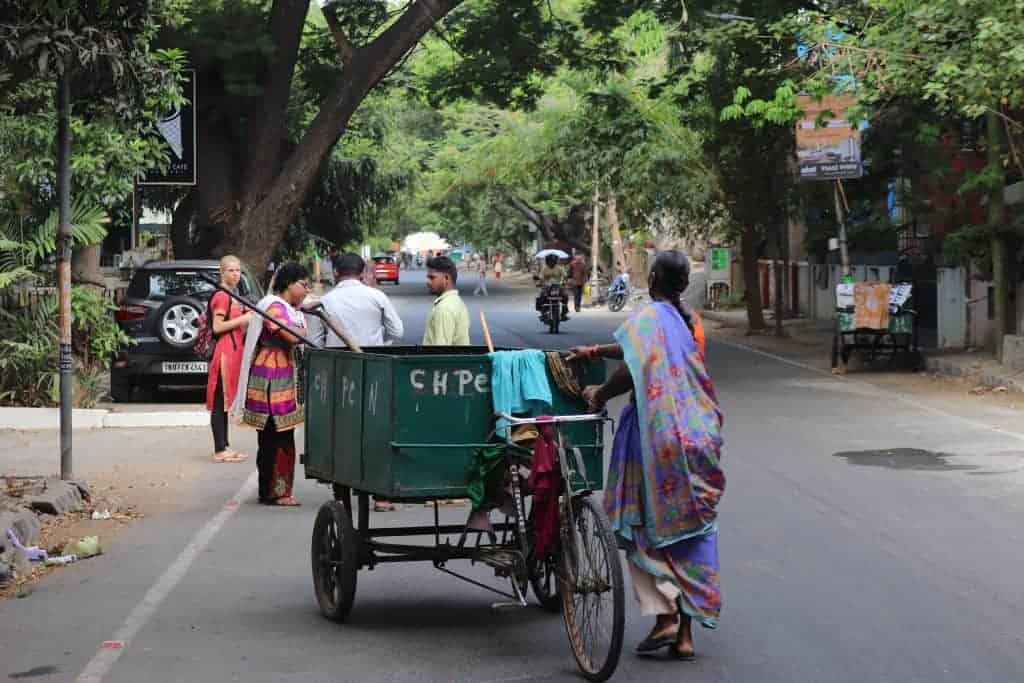Sithalapakkam, located in south Chennai, is an uncharted suburb for many. People often confuse it with Chitlapakkam near Chrompet, and it takes a long explanation to clarify the difference, so that residents just find it easier to say they are from Medavakkam, a prominent and relatively better known locality close to Sithalapakkam!
With several lakes, abandoned quarries and vast areas of arable land, Sithalapakkam looks less like an urban neighbourhood and more like the countryside. But its close proximity to the city and affordable land market are the primary factors that encouraged many middle-class citizens to make this neighbourhood their home.
Development at Sithalapakkam can be traced back to the emergence of the SIPCOT industrial estate at Siruseri in 2009. Many employees from the estate chose to live here, as it is just 5 km from their workplace. What used to cost Rs 460 per sq ft now sells at anything between Rs 2760 and Rs 3450 (per sq ft), which is still affordable compared to many other areas in the city. Today, acres and acres of cultivable land are being converted into apartments and shopping complexes.
But what happens when a locality is developed thus, without any plan? The story of Sithalapakkam serves as a textbook example.
Waste everywhere
Compared to other low-market suburbs such as Madipakkam and Keelkattalai, the condition of roads in Sithalapakkam is visibly better. But citizens have a perennial battle to fight: waste. Every street corner has mounds of free flowing garbage or overflowing bins. Cattle grazing on leftovers and plastic waste is a common sight.
Every water body faces the threat of garbage pollution. When it rains, sheets of plastic, medical waste and rotten bio-degradable waste float in the water, giving out an unbearable stench.
“I don’t feel like inviting my friends and family home, as I am ashamed of the ugly sights of filth all around,” says Dhanalakshmi K P, a resident.
The panchayat had to recently clear a mountain of garbage dumped at Sithalapakkam lake, after residents took the matter to the Madras High Court. “Those who own eateries, chicken shops and even the hospitals dump their waste at the lake. It cost us Rs 5 lakh to clear it, following the direction of the court,” said an official from Sithalapakkam Village Panchayat.

Old-timers, however, recall the beauty of the sprawling agricultural lands and clean lakes. “Those were the times. We had only mud roads but they were clean. Most of the waste generated was biodegradable. Sithalapakkam village panchayat took care of whatever plastic waste was generated,” said Viswanathan G, a 62-year-old resident.
The many contributing factors
With an approximate 6200 houses, Sithalapakkam generates 10 tonnes of waste per day, as shared by an officer of the panchayat, who requested anonymity. Yet, the locality has no transfer station to deposit, segregate and transport waste. While localities under Chennai Corporation are taking steady steps towards complete segregation and processing of waste at source, Sithalapakkam is yet to sort out how to get the bins cleared at regular intervals.
Waste collected from the households must be taken to the transfer sites, where it is segregated and processed categorically. Read the journey of waste here.

“Land for dumping the waste was allocated at Kolathur, 45 km from Sithalapakkam. The transportation costs are high — it costs Rs 9000 to transport waste through a heavy vehicle (lorry) to Kolathur, sometimes even more. A lorry can contain 25 to 30 tonnes of waste,” explained the officer. At that rate, the panchayat would have to spend around Rs 1.5 lakh a month just for collection and transportation of waste.
“The situation would have been better if there was an active council. Councillors often use funds from political parties to address pressing civic issues in their wards. Now, people have no one to complain to,”
G Jagan, resident and a banker
Irrecoverable debts
As of the first week of December, the panchayat owed Rs 22 lakh to the contractors who cleared and transported waste to Kolathur. “The panchayat used our services for months without paying us a single penny. We had no choice but to stop the work. They still owe us 12 lakh,” said a contractor, who was in-charge of garbage management in Sithalapakkam in 2019.
Even the current contractor who was appointed for the project four months ago has not been paid (dues run into Rs 10 lakh). “We have no resources for clearing the dustbins,” the current contractor said.

Mired in neck-deep debt due to non-allocation of funds from the state government, Sithalapakkam Village Panchayat cannot afford to spend any money on waste management. “You are asking us about waste management allocation, when we are not even receiving our salaries,” said a senior staff member from the panchayat.
Sithalapakkam Village Panchayat’s problem is actually typical of the problems shared by all panchayats in Tamil Nadu. Village and town panchayats are not self-sufficient; they barely receive any help from the government.
“Property tax is our only source of revenue. But the collection does not even cover the salaries of the staff,” said the official. Unlike Chennai Corporation, panchayats have no means to lease or renting out their property to earn some revenue. The panchayat has an expenditure of at least Rs 2 lakh per month, but has not received the State Finance Commission funds for three months.
What’s the solution?
Improper waste management in Sithalapakkam stems from the lack of space for a transfer station and a severe cash crunch in the local body. The panchayat officials have, many times, requested the Chengalpet Collector to resolve the issue. Officers from the Collectorate have inspected the area and offered false hope. Around three months ago, Chengalpet Collector A John Louis promised to allot land at the earliest, but it is still to be seen whether he keeps his promise.
The deficiency of funds in panchayats is a bigger issue that could be solved through continuous pressure from all stakeholders — residents, activists, panchayat officials and lawmakers.
Until these lapses are rectified, suburban residents in Chennai will continue to compromise on the quality of their lives. Just as Madipakkam residents have been adjusting to flooded roads every monsoon for a decade now, Sithalapakkam residents will continue to put up with the overflowing dustbins for many years to come. After all, when the name Sithalapakkam doesn’t even ring a bell for many, it may not be easy to ensure that civic problems in the locality are addressed fast enough.


Residents will willingly pay upto Rs.100 per month if garbage is cleared in a professional manner. Even now conservancy workers don’t clear garbage without collecting money but the job is done shoddily.
Very informative read